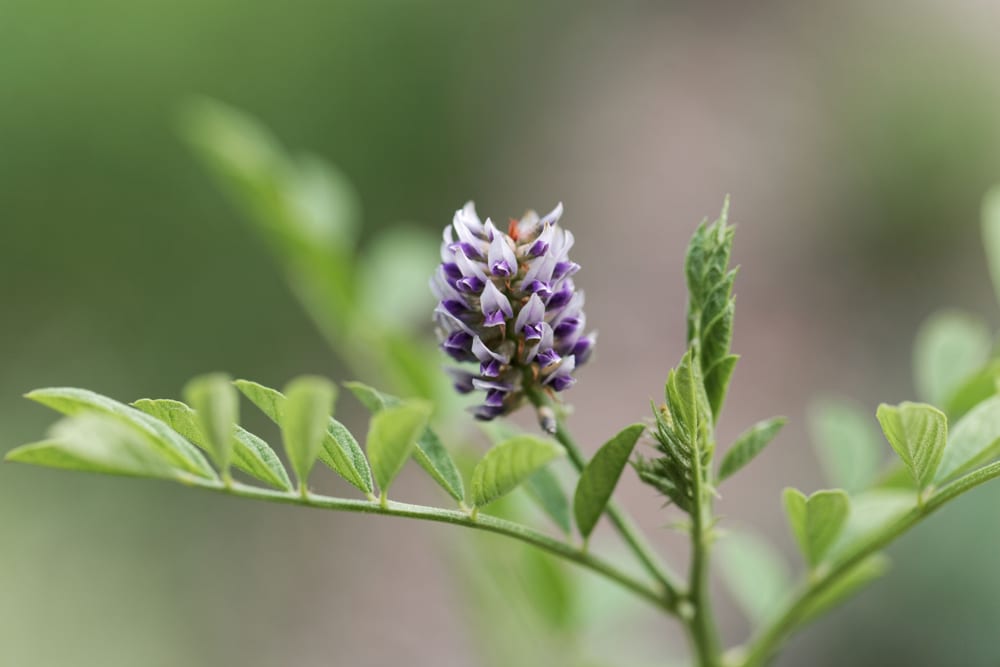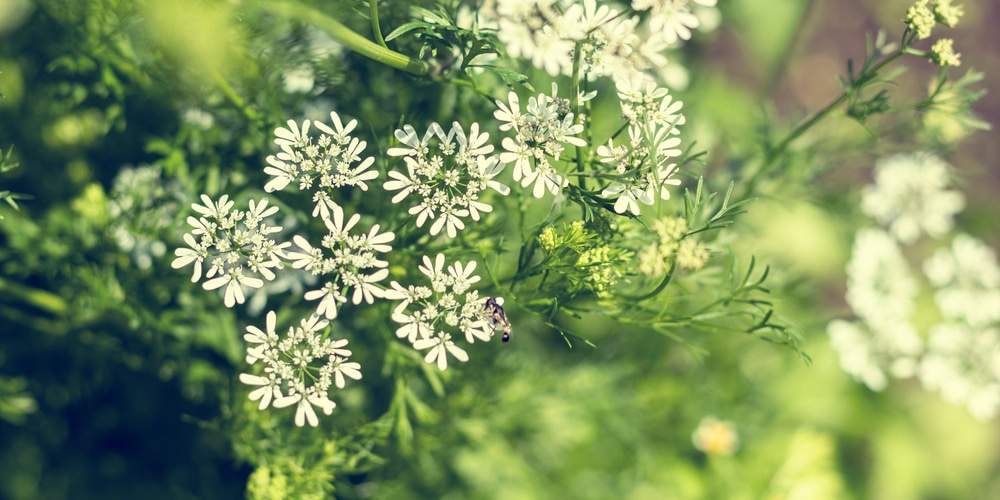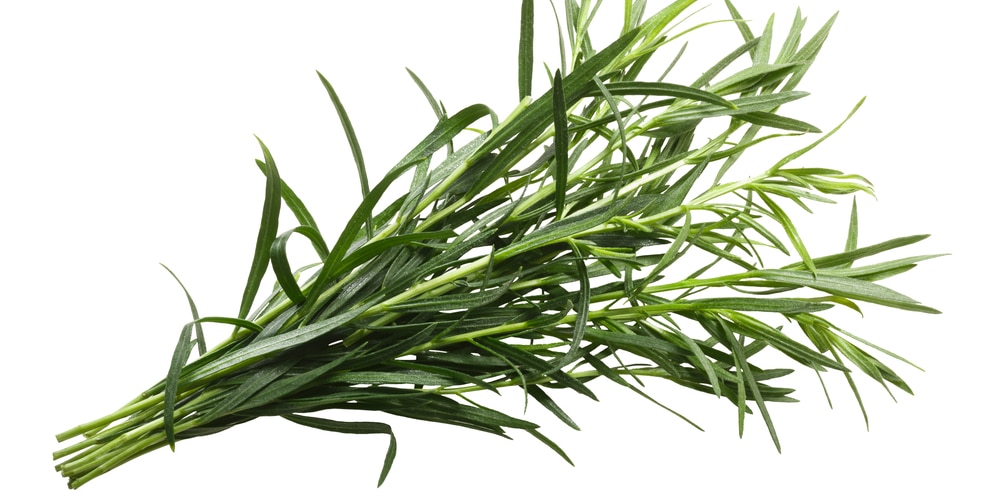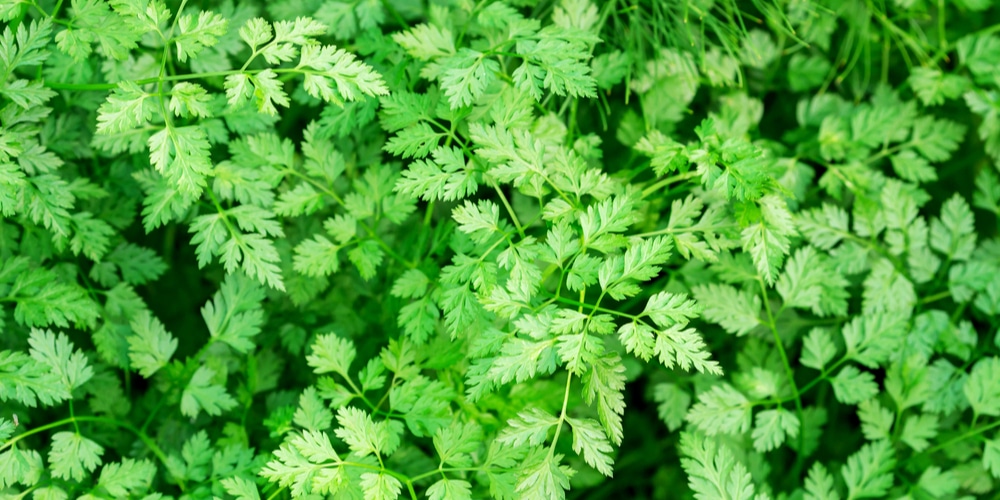Plants come in different aromas, but are there some that smell like licorice? Although one may not expect it from a bush or flower, licorice gives off a mild but distinct bittersweet smell. Read on as we take a look at some other plants that smell similarly.
The Secret Behind Licorice’s Smell
Licorice is an annual plant that grows in warm areas with ample sunlight. This fast-growing plant has soft, fuzzy leaves that vary in silver, green, white, or gold and may bloom with small white flowers. The summer heat releases a licorice scent that repels pests and deer.
The sweet part of its recognizable smell comes from glycyrrhizin, a compound 50 times sweeter than sugar. Another compound, anethole, is present to a lesser degree and adds a hint of bitterness to the plant’s smell.
Licorice-Smelling Plants
What plants smell like licorice? Anise is one of the most common types of licorice-fragrant plants that you may find.
Anise
Anise (Pimpinella anisum), or sweet cicely or Anise root, native to Missouri, presents with fern-like leaves, small white flowers, carrot-like roots, and sweet aromas. You will see this licorice plant bloom from April to June.
Other Anise plants that smell like licorice include:
- Anise hyssop: Have blue flowers and fragrant foliage that smell like licorice and attract pollinators. They are native to the upper Midwest and Great Plains regions into parts of Canada. You may also know these plants as the Blue, lavender, or fragrant giant hyssop.
- Hardy Anise or Ocala Anise: Is native to the lower southeastern U.S. and prefers partial shade. Its olive-green leaves produce a licorice scent if something crushes them. They are pest and deer-resistant.
Licorice Goldenrod
Solidago Odora (licorice goldenrod) plants grow in southern parts of Northern New England, except Maine, in meadows, fields, and woodlands. Their flowers are tubular and yellow.
This unique plant has medicinal purposes, such as colds, fever, coughs, and nerve pain. Its leaves and dried flowers make the tea that people drink.
Licorice-Smelling Herbs
Popular spices come from plants that smell like licorice and can make cooking even better.
Tarragon
The herb Tarragon (artemisia dracunculus) is a perennial that emits a licorice aroma. It grows as a shrub with multiple branches of slender green stems. The thin, semi-glossy leaves are flexible and resemble wide grass blades.
Although the herb contains vitamins, electrolytes, and other nutrients, you should use it in moderation due to its strong aroma and flavor.
Its versatility allows it to complement many dishes worldwide as a common spice and aid in healing various health conditions, such as gastrointestinal disorders and parasitic diseases.
Traditionally, Asians used Tarragon leaves to help reduce fever, inflammation, and pain. Thanks to the eugenol compound in the leaves, these licorice-aromatic plants work well as antioxidants, antibacterials, and antidepressants.
French Parsley (Chervil)
You may find this plant spice in French cuisines but tastes great in any dish. The leaves are a lighter green and curlier than those of traditional parsley.
Star Anise
These evergreen shrubs belong to the parsley family but do not look like parsley. They are flower-like seed pods from the plant’s flowers that turn brown after drying in the sun. The seeds and pods are what chefs use in recipes.
Like Tarragon, star anise has been beneficial as a traditional Chinese cure. Whole and ground star anise are heavily fragrant.
Conclusion
Whether you consider licorice smell sweet, bitter, or a combination of both, there are other plants that can replicate that smell as well.



